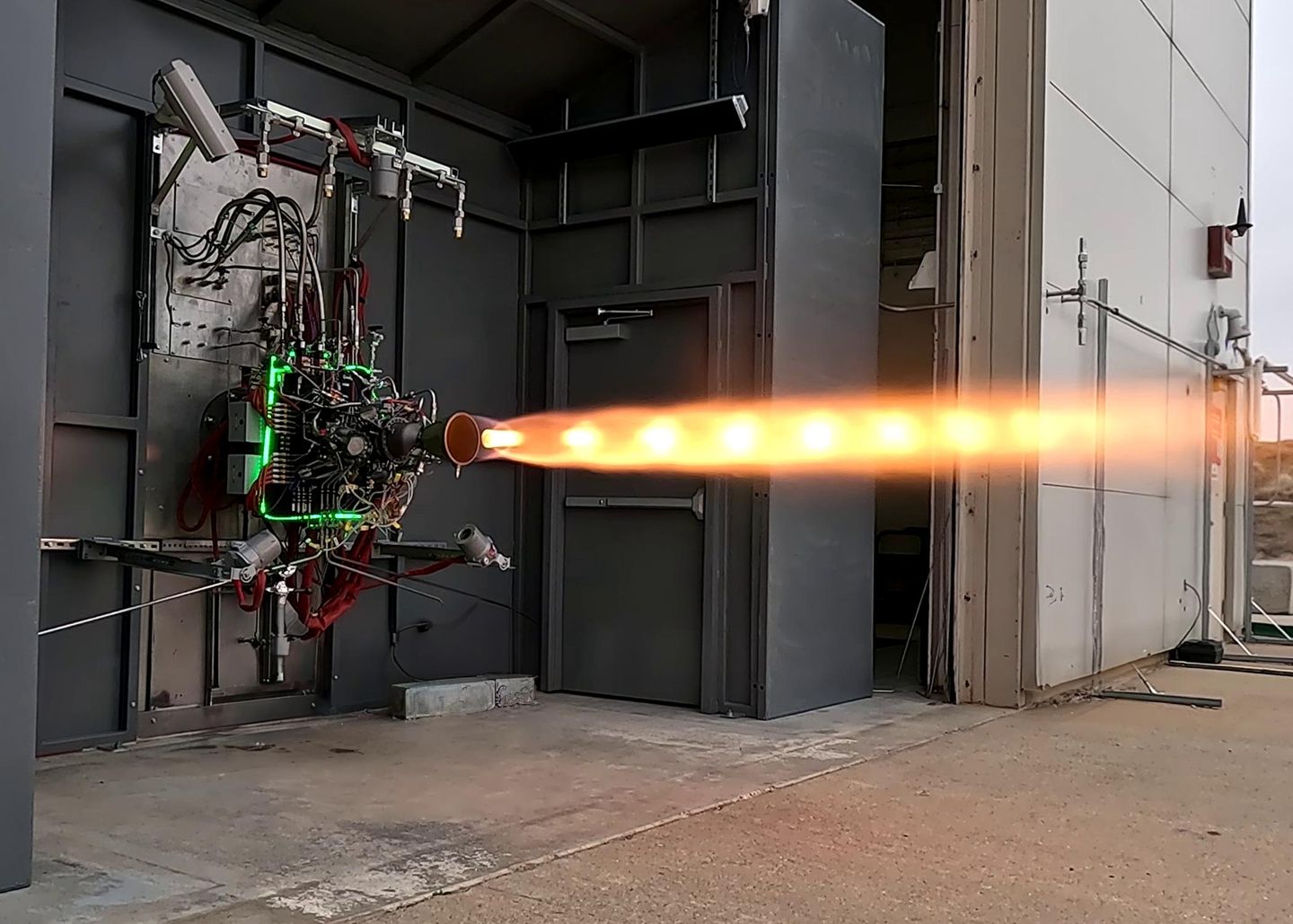
The Defense Department has conducted a second successful test of Ursa Major’s Hadley liquid rocket engine, achieving sustained hypersonic speed with the vehicle before its recovery.
On Monday, the Pentagon’s Test Resource Management Center said the second successful flight of a fully recoverable uncrewed hypersonic test vehicle took place in March. During both tests, the Stratolaunch Talon-A2 hypersonic vehicle took off from the Roc carrier aircraft, flew over the Pacific Ocean and reached speeds of more than Mach 5 before finally landing at Vandenberg Space Force Base.
The tests were conducted in partnership with the Naval Surface Warfare Center Crane Division.
The test flights mark the first time the U.S. has flown fully recoverable hypersonic vehicles since the X-15 program was shuttered in 1968. Recent tests underscore the increasing advancement of hypersonic technology in the U.S. as China and Russia deploy their own systems.
The first successful test flight was in December 2024. Ursa Major, who built the hypersonic engine for the vehicle, said the successful tests are a good sign for future hypersonic development in the U.S.
“With these successful sustained hypersonic flights, Ursa Major and Stratolaunch are pushing the boundaries of hypersonic technology and building a track record of achievement,” Ursa Major CEO Dan Jablonsky said. “Ursa Major is answering the call from our military and government partners to innovate and meet the mission to provide critical national security capabilities, while continuing to assert ourselves as a hypersonics category leader for the warfighter.”
The two tests are part of the TRMC’s Multi-Service Advanced Capability Hypersonics Test Bed project. The project is meant to accelerate the delivery of hypersonic products to the U.S. military by providing public and private entities with opportunities to affordably and rapidly test hypersonic systems and components.
“Demonstrating the reuse of fully recoverable hypersonic test vehicles is an important milestone for MACH-TB,” Director of the TRMC George Rumford said. “Lessons learned from this test campaign will help us reduce vehicle turnaround time from months down to weeks.”












